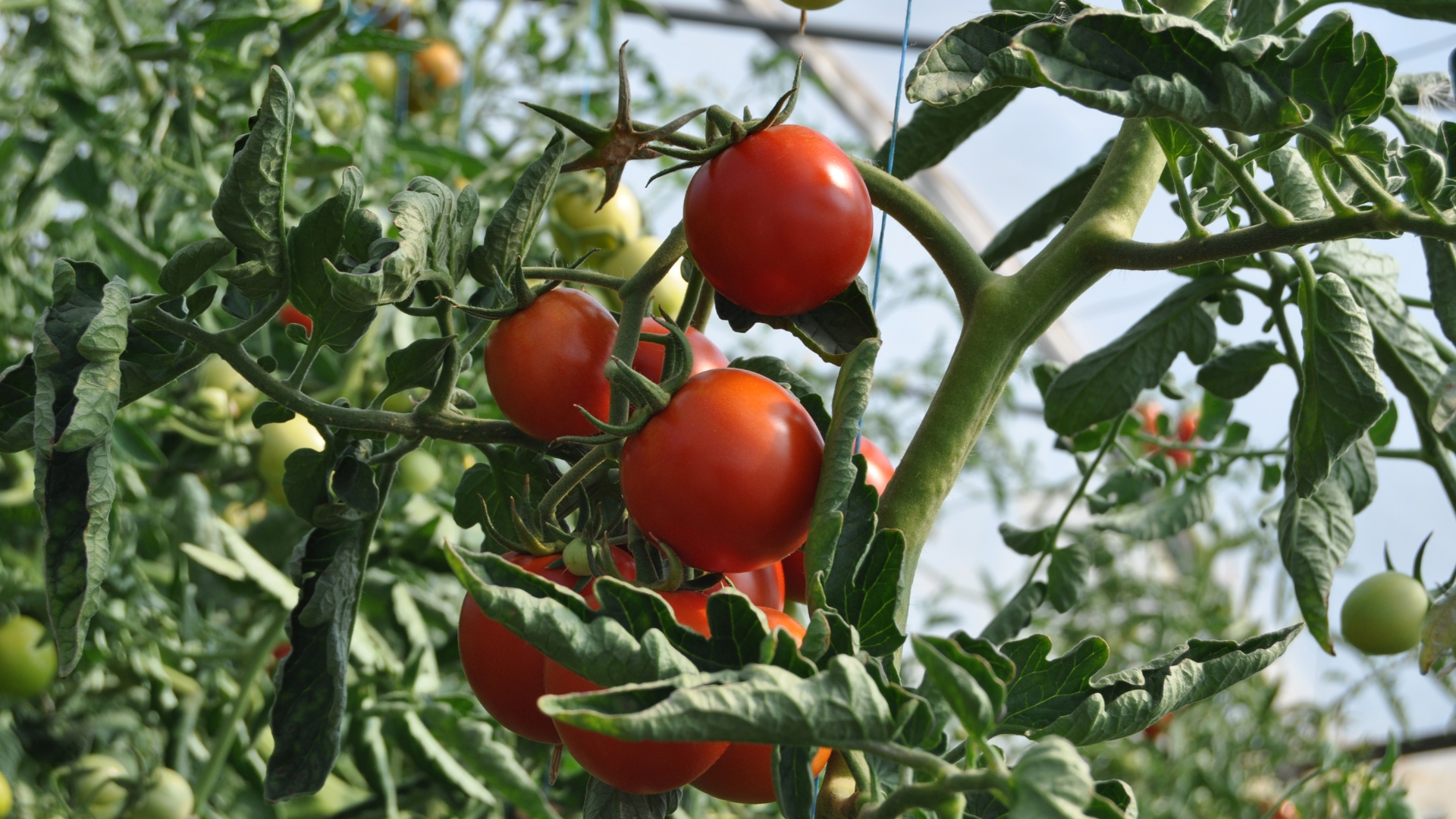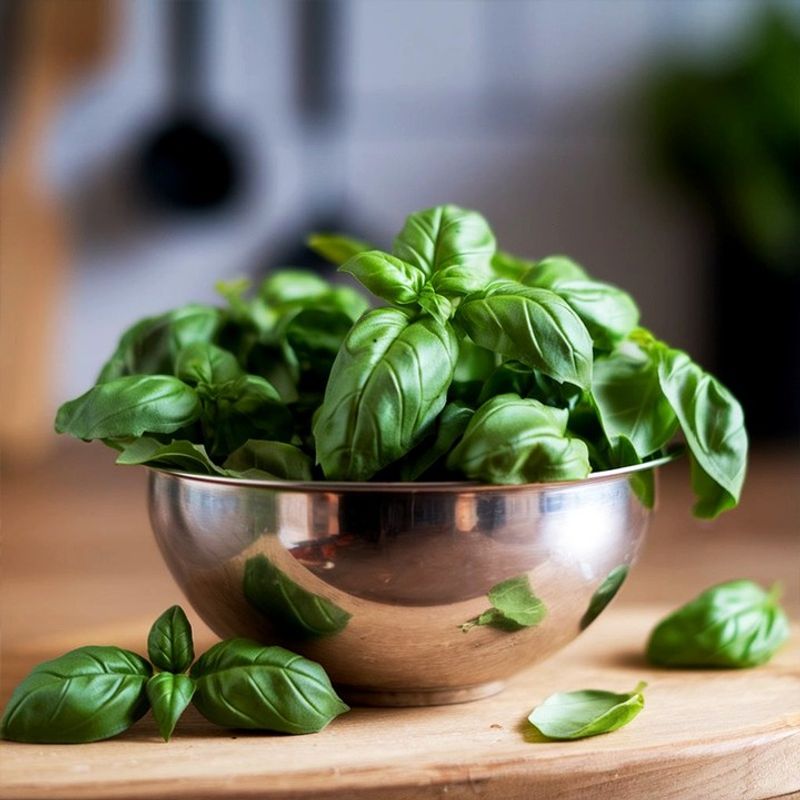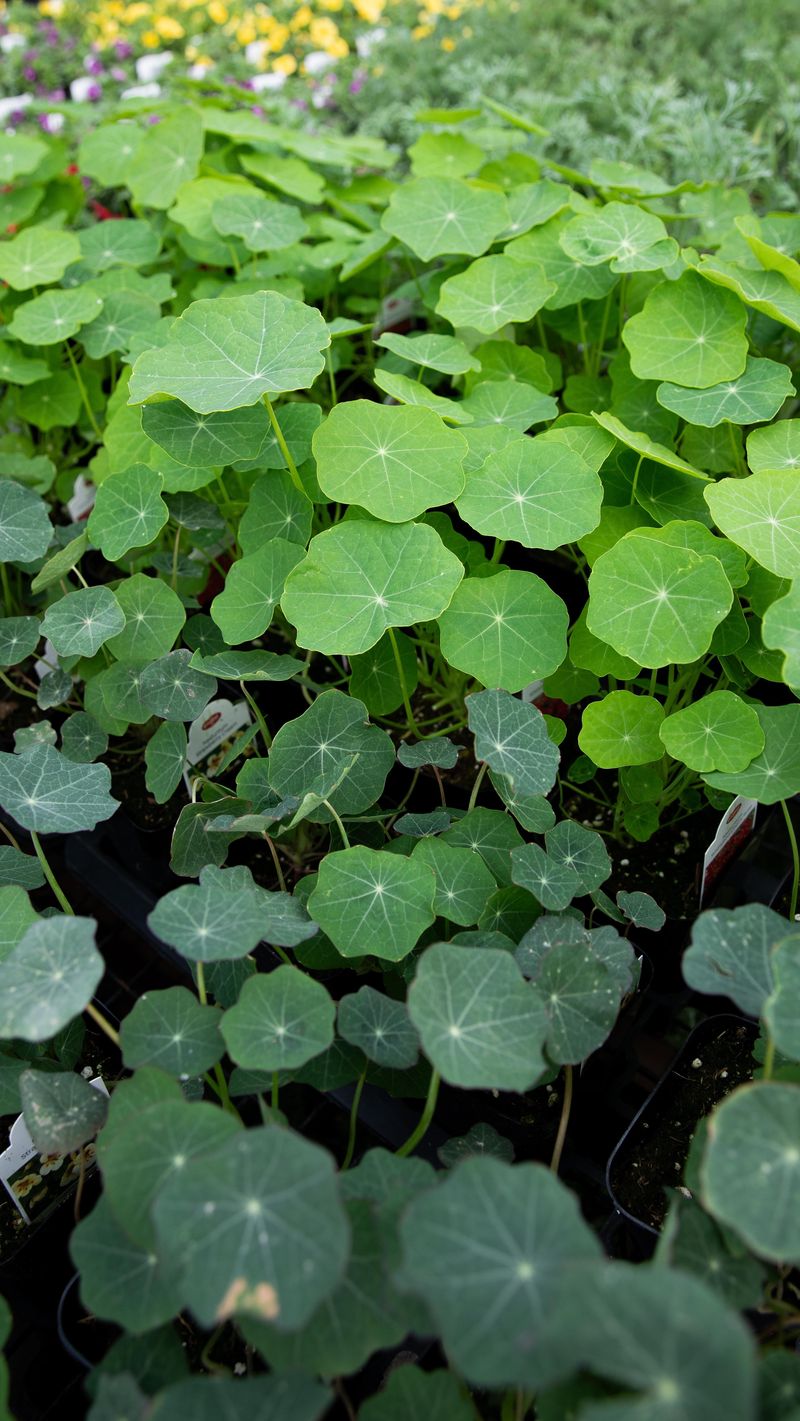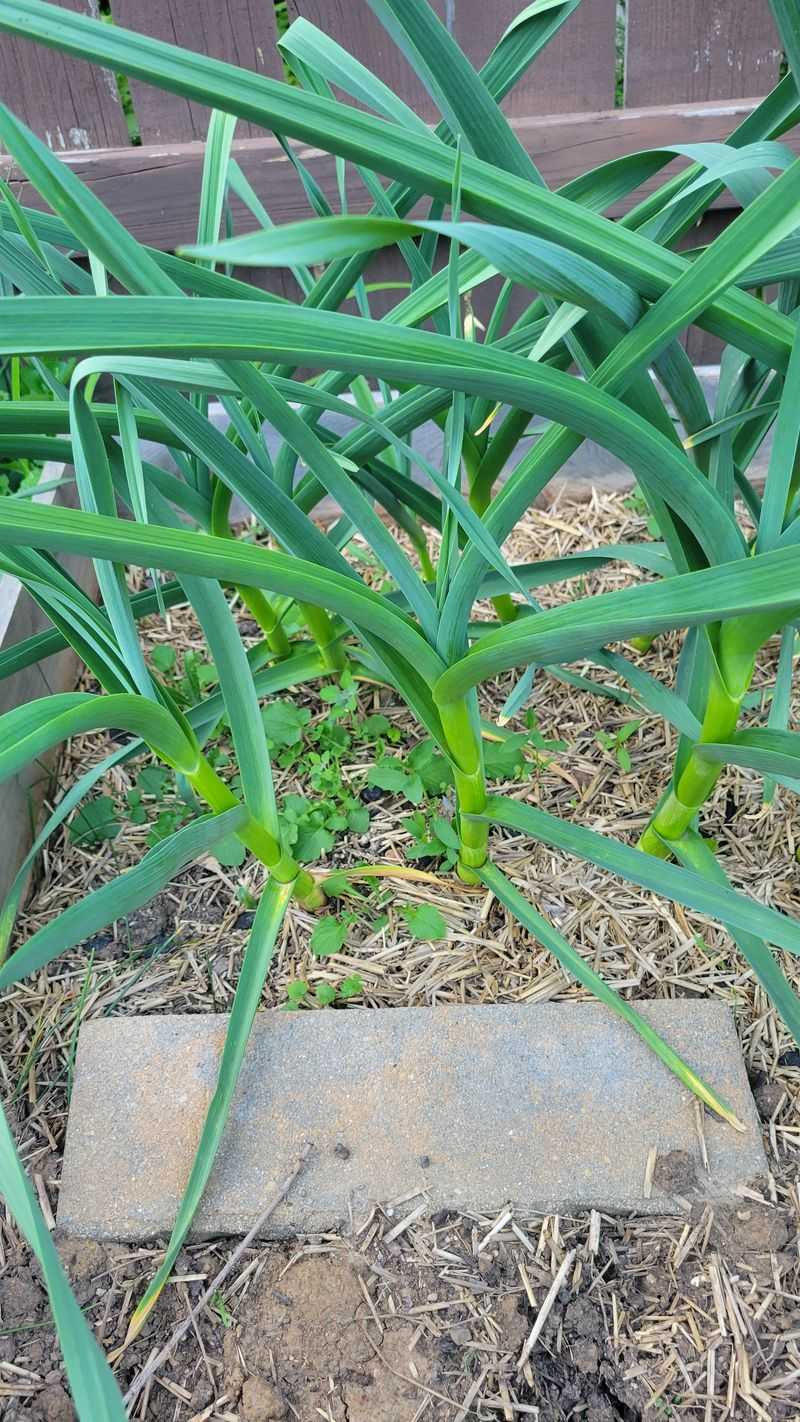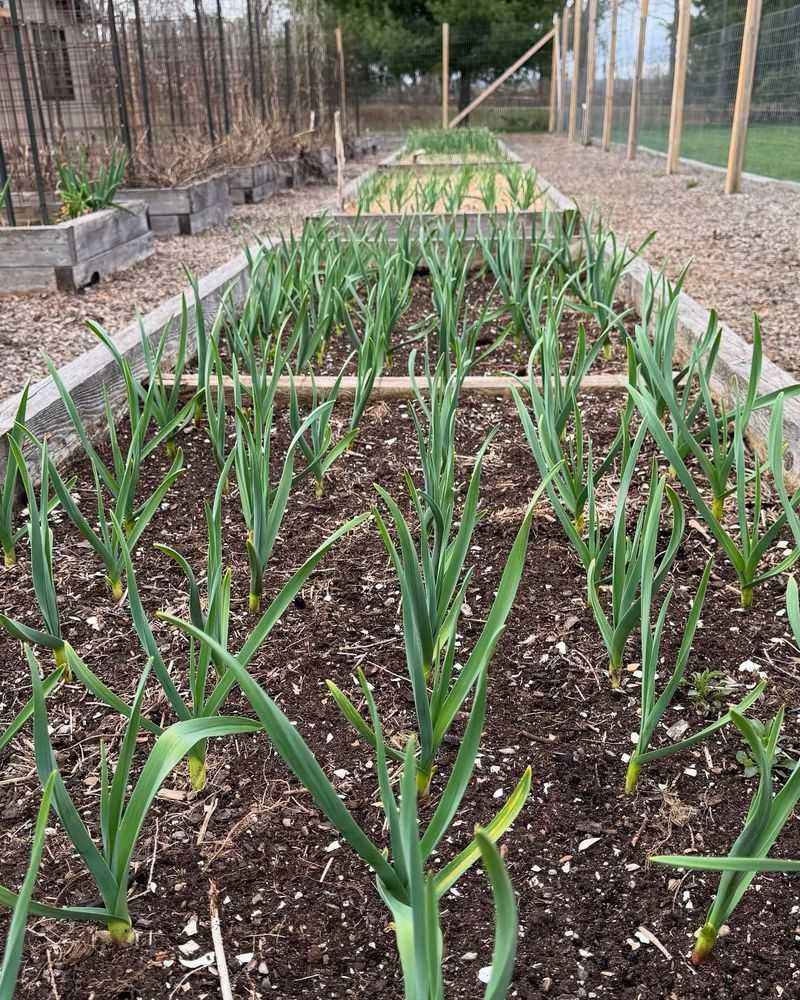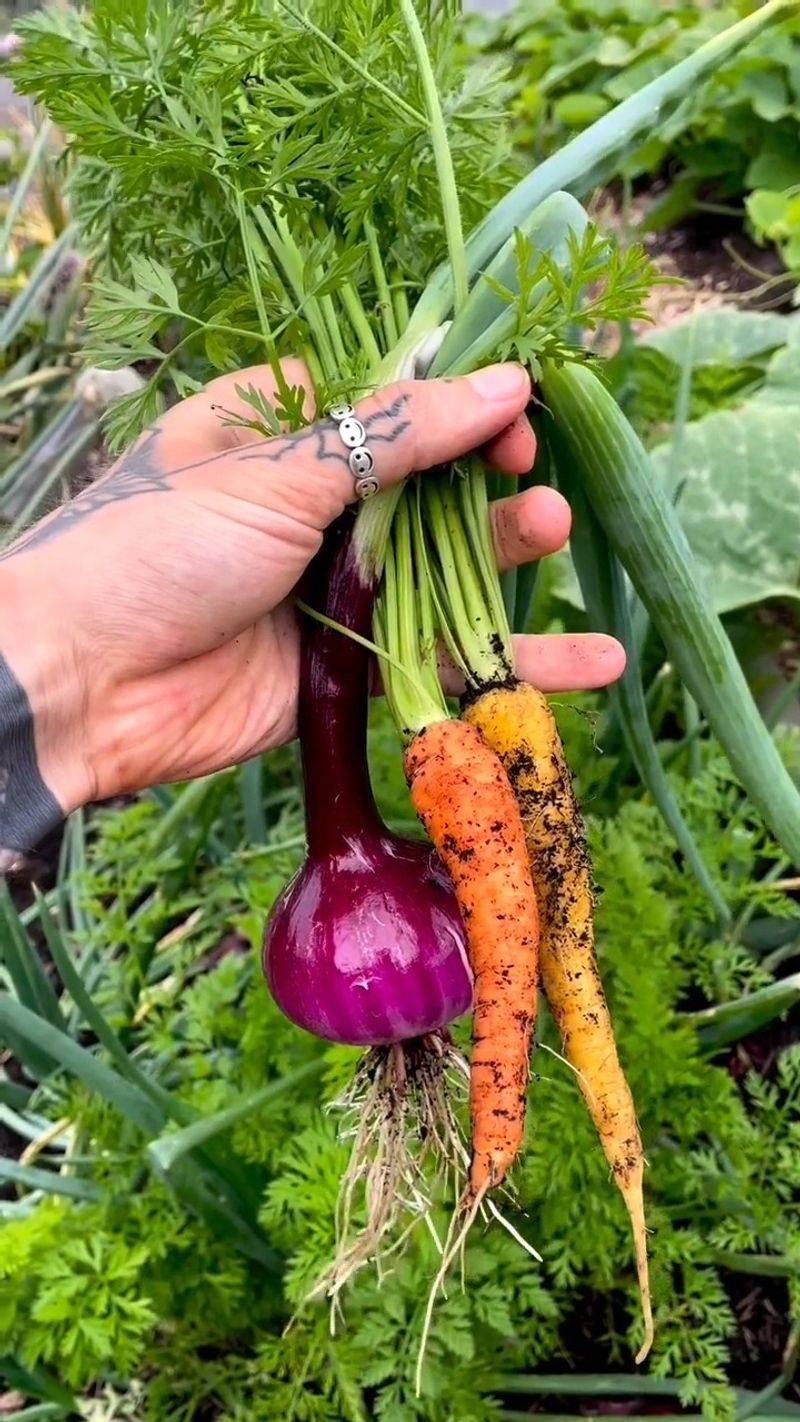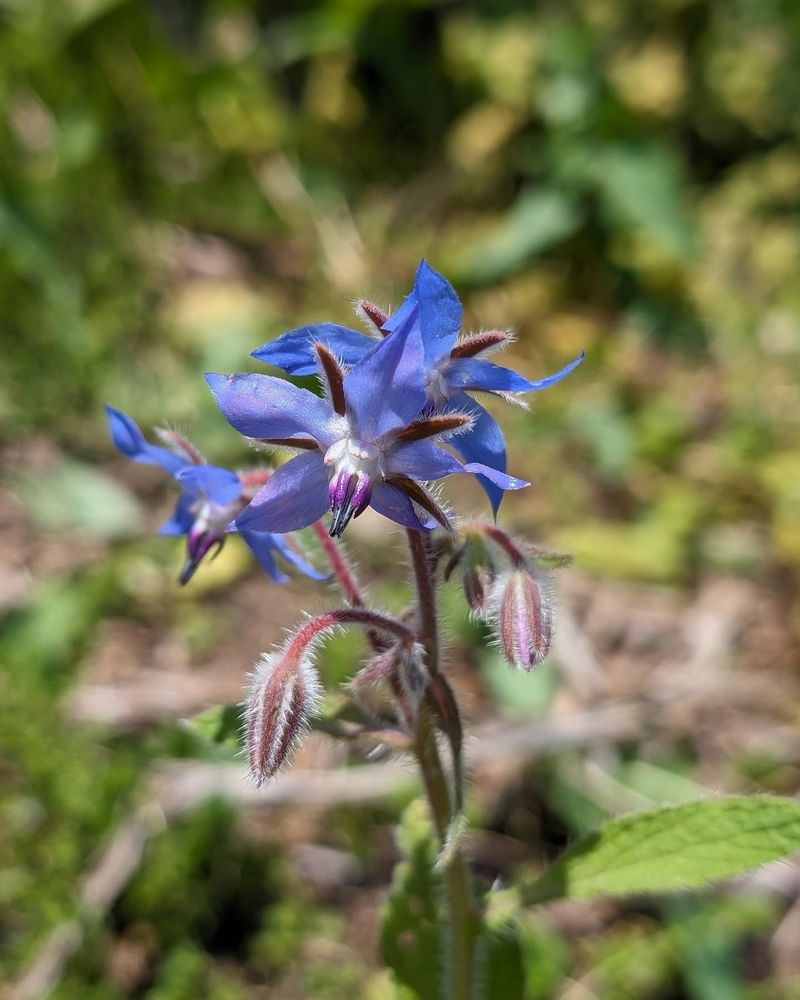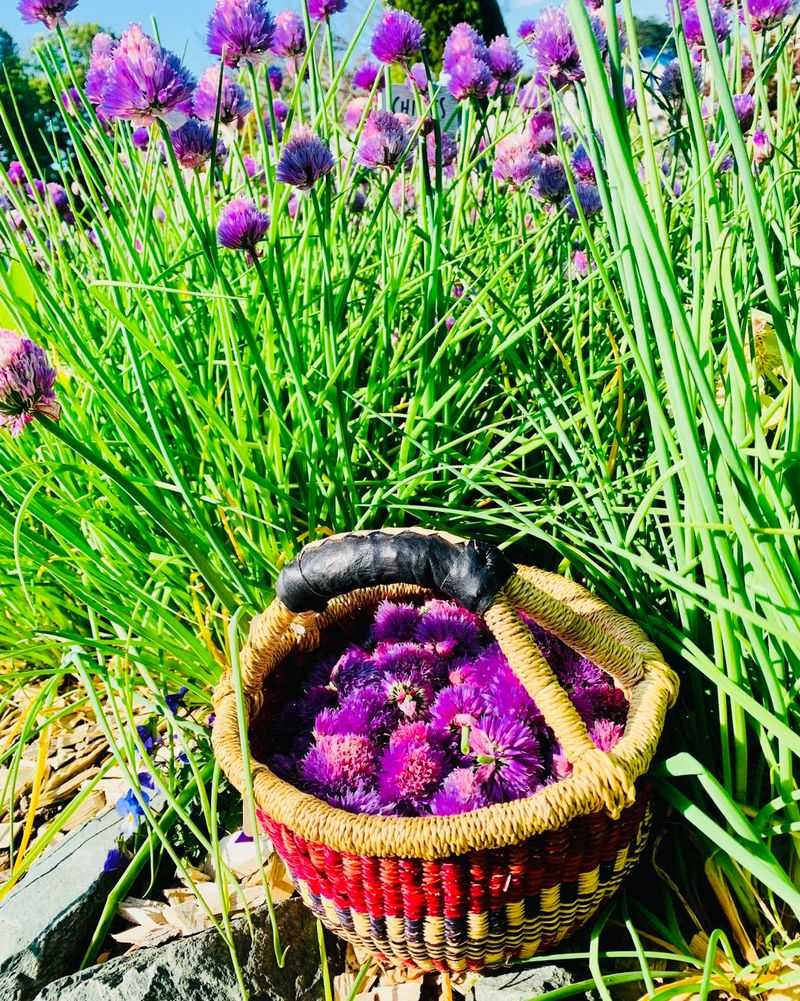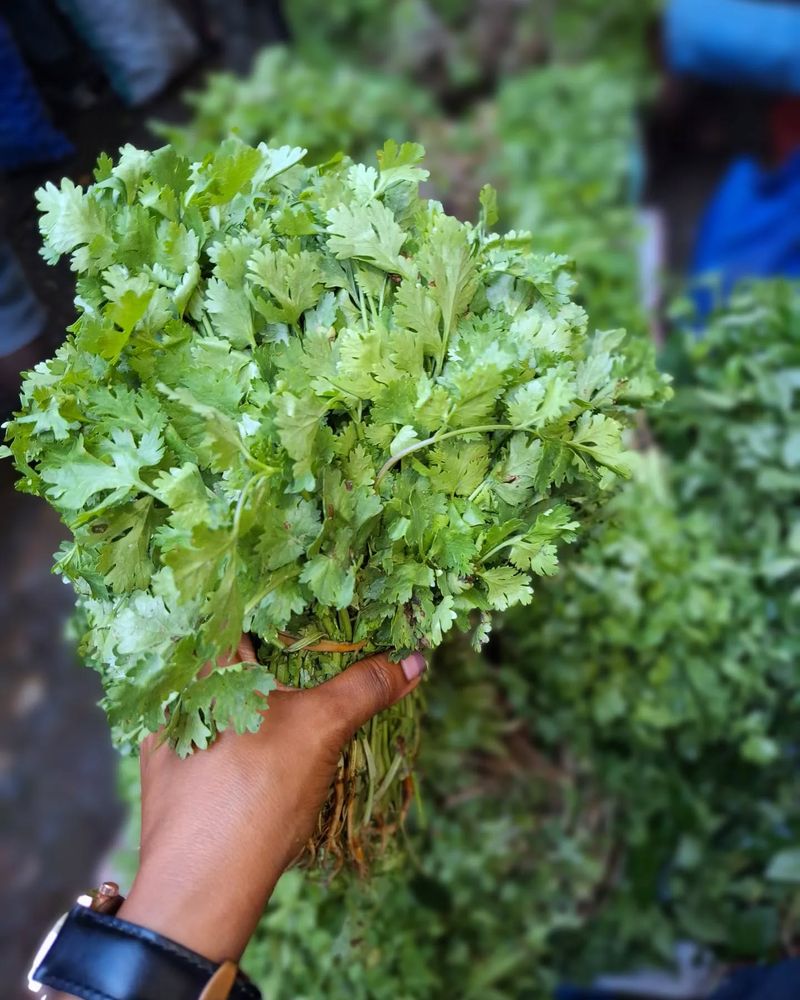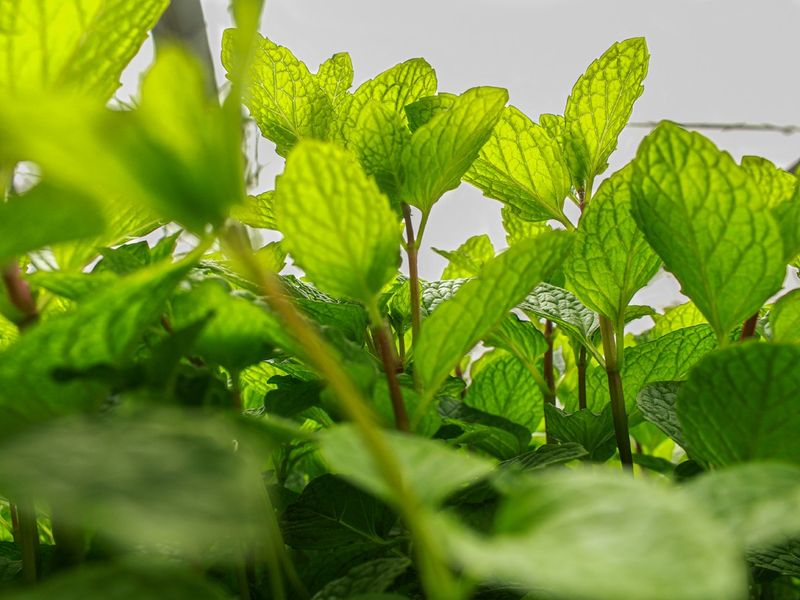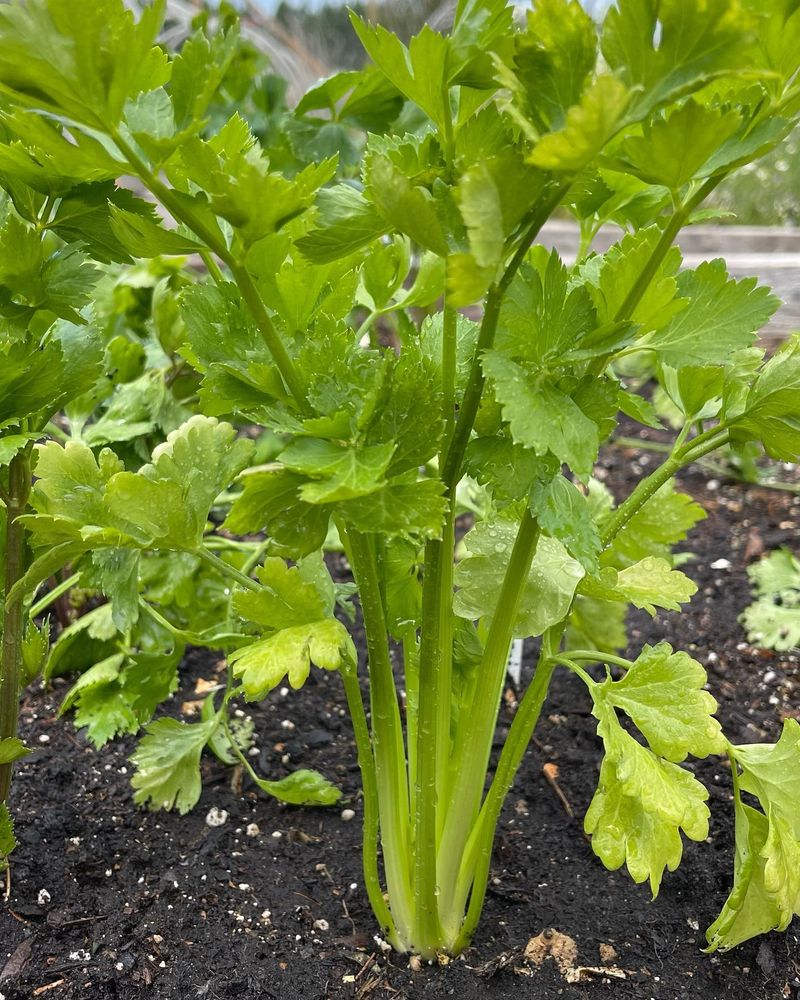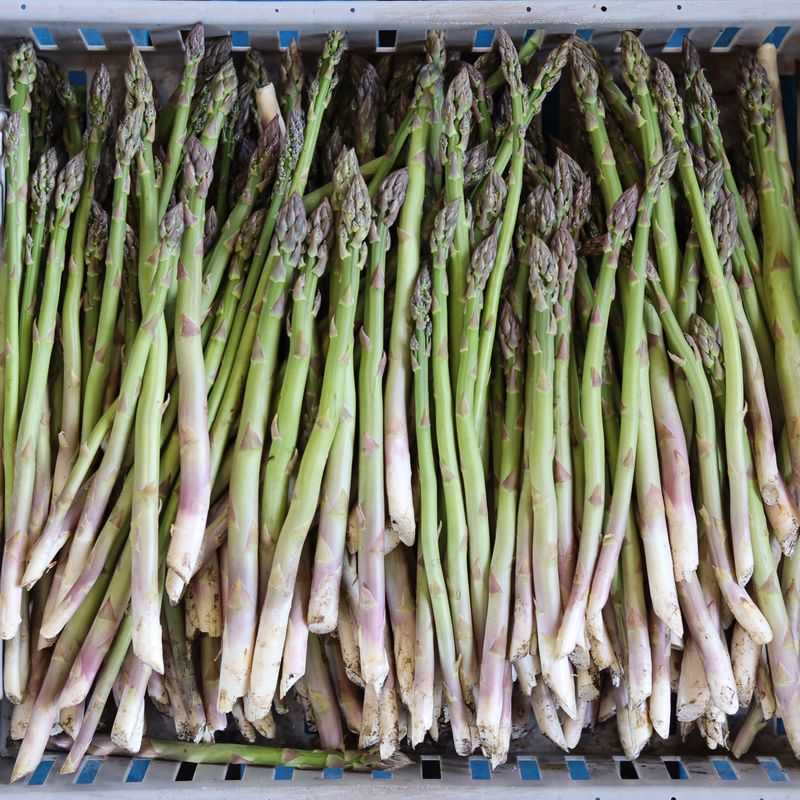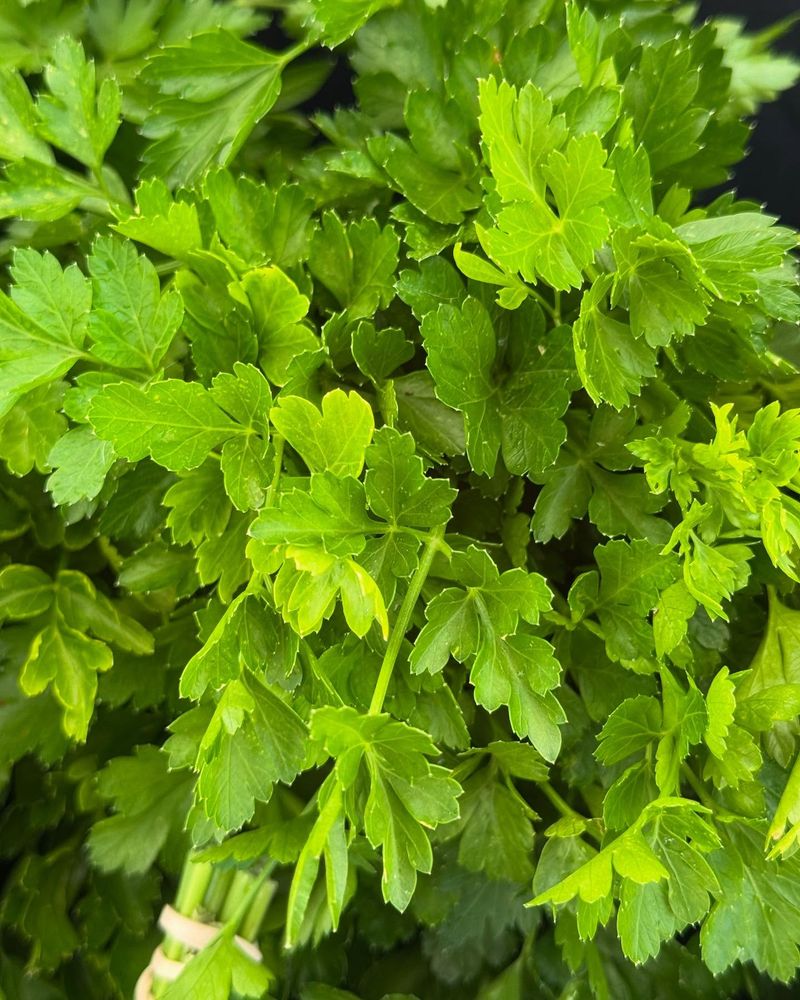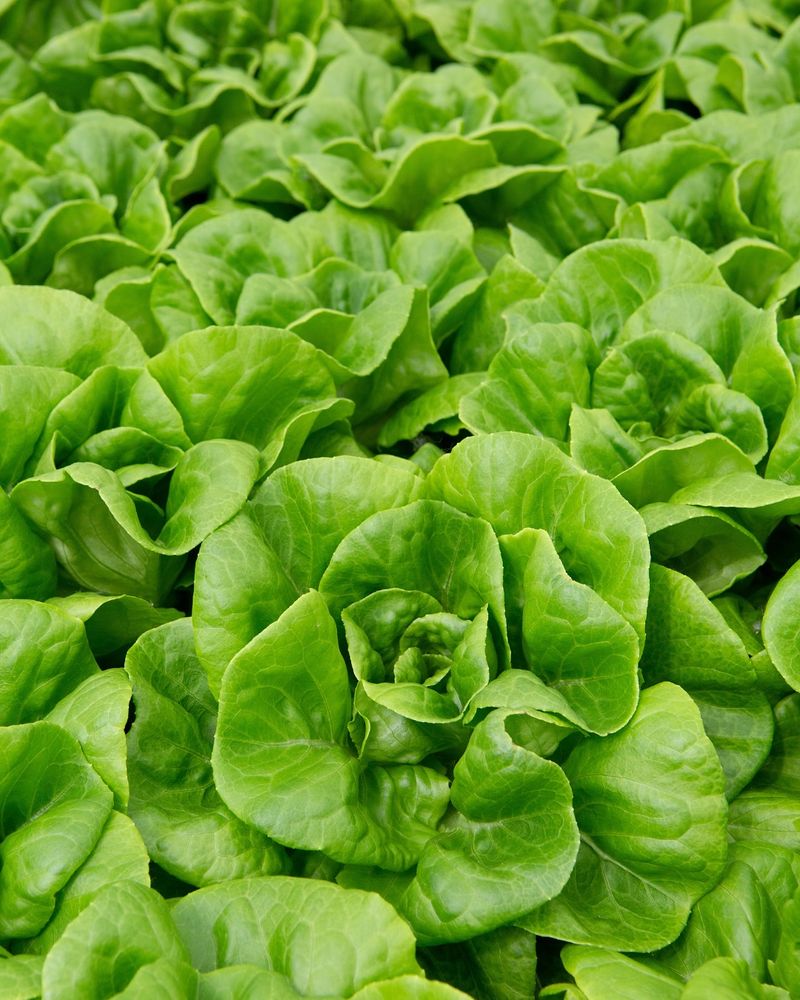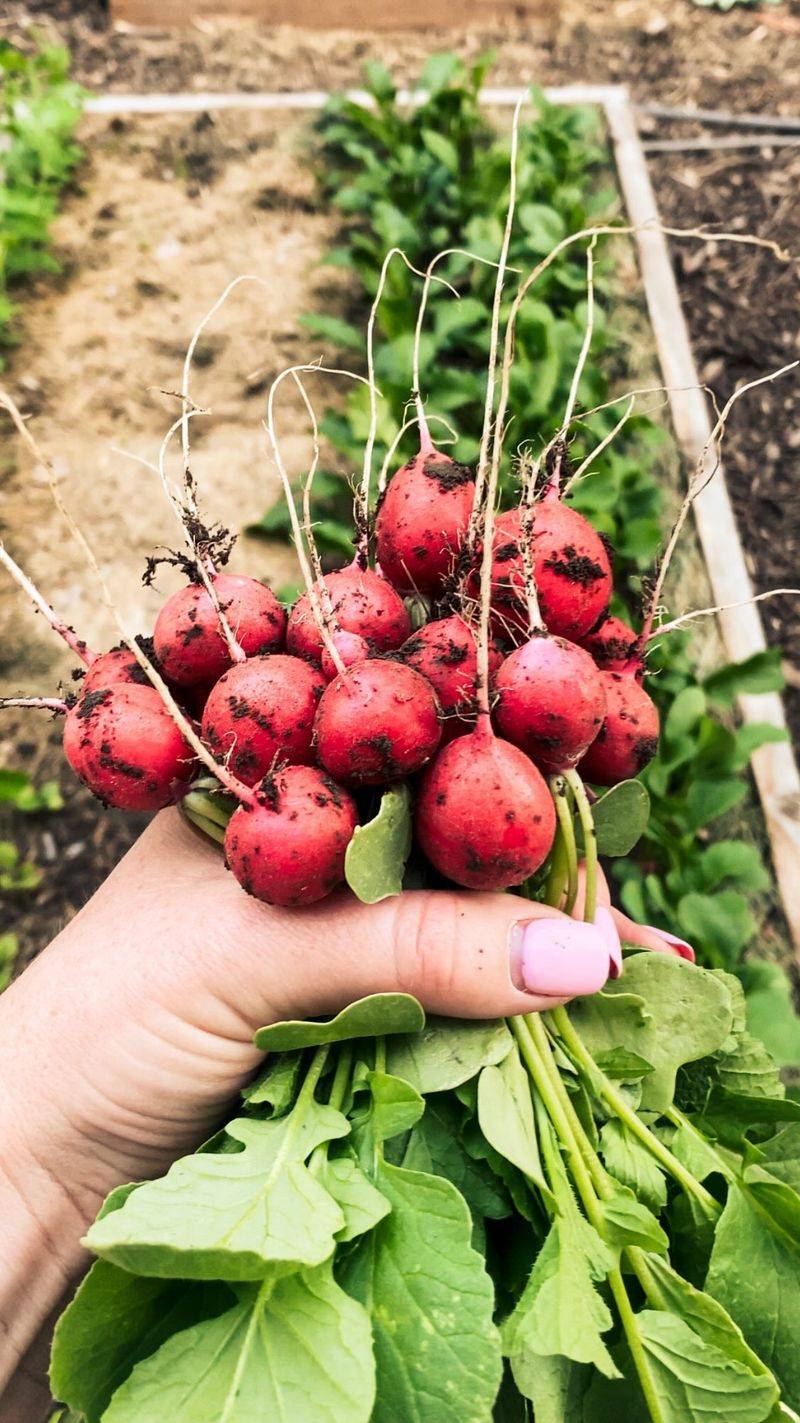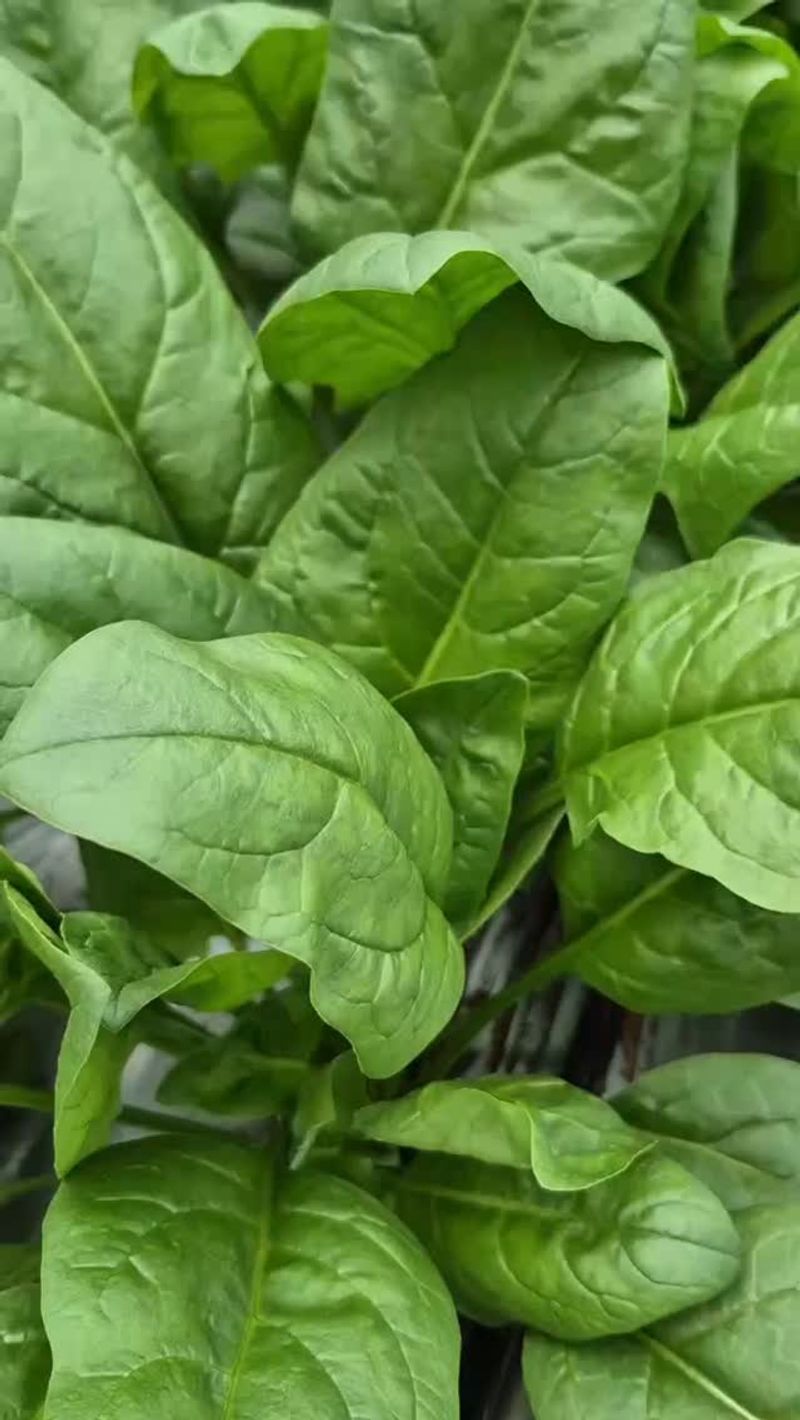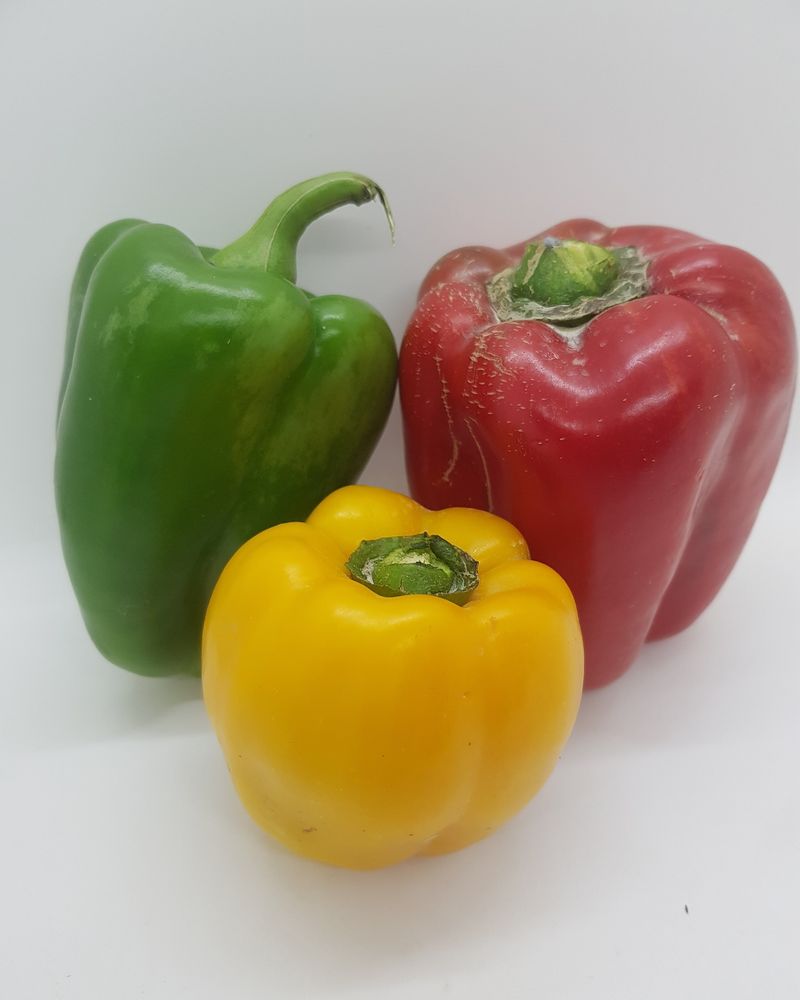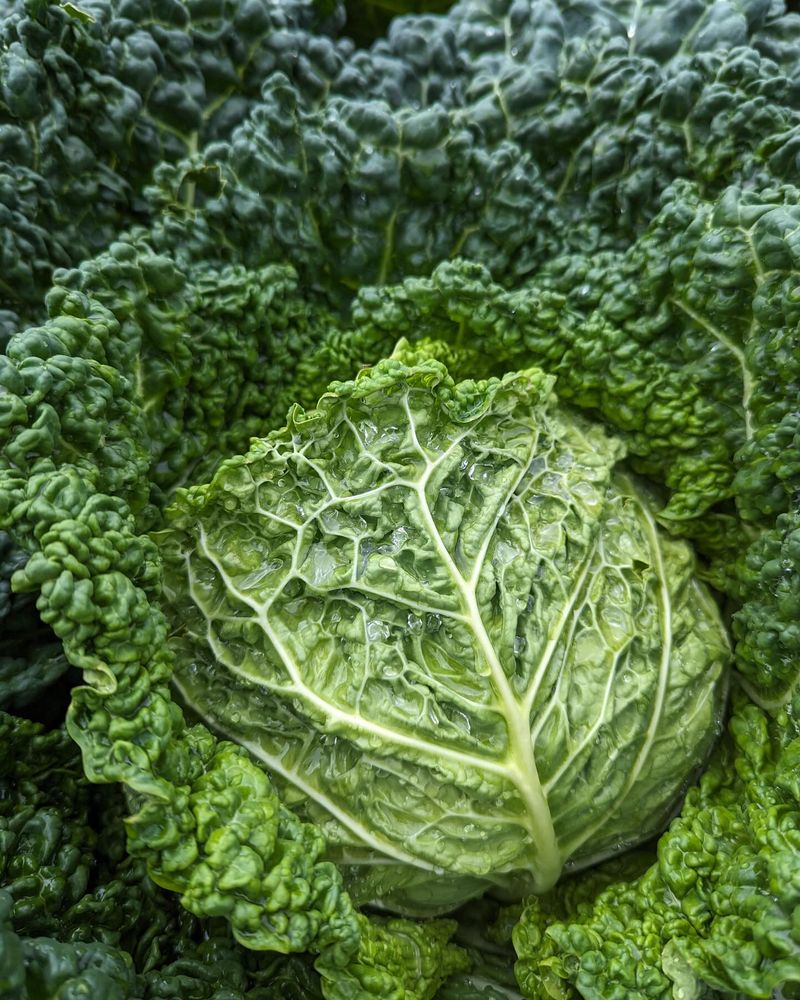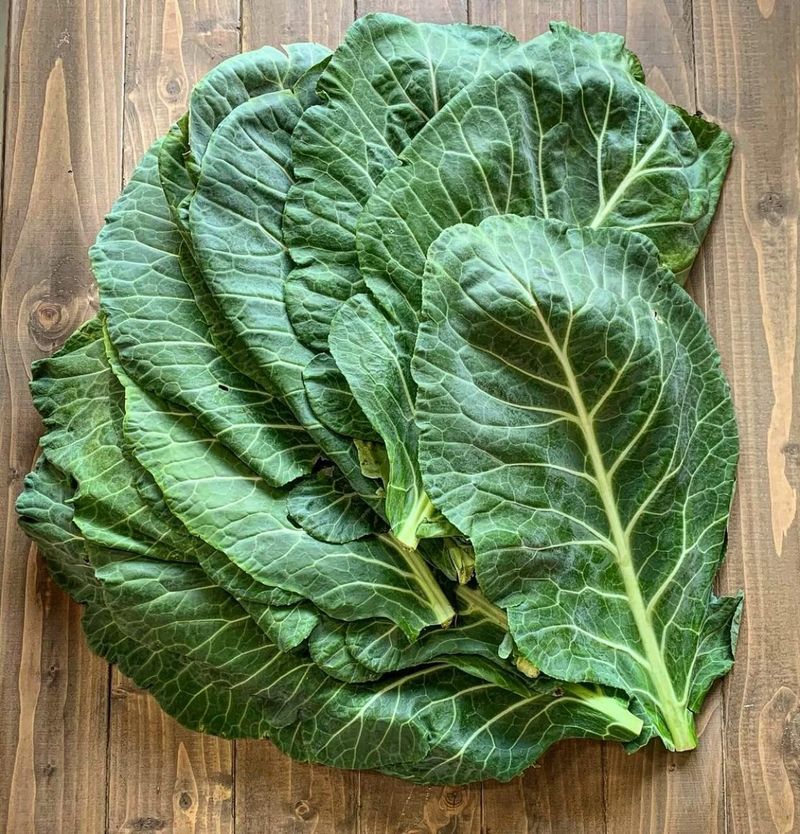If you’ve ever struggled with garden pests ruining your tomato crop, I’ve got some game-changing news for you.
Turns out, certain veggies can actually help protect your tomatoes from those pesky invaders—without any harsh chemicals!
From basil’s natural bug-repellent properties to marigolds working their magic, these plants act like little bodyguards for your tomatoes. But that’s not all—I’ve also got a few unexpected allies you might not have considered yet.
Let’s turn your garden into a fortress, with tomatoes thriving and pests running for cover!
1. Basil
Nothing beats the aromatic power of basil when it comes to protecting tomatoes. The strong scent confuses and repels tomato hornworms, aphids, and even some types of flies that typically damage tomato plants.
Plant basil between your tomato plants for maximum protection. As an added bonus, many gardeners swear that growing these two plants together actually improves the flavor of your tomatoes, making this pairing a win-win for both pest control and taste.
2. Marigolds
Bright and cheerful marigolds work like underground security guards for your tomatoes. Their roots release a chemical that repels nematodes, tiny worms that attack tomato roots and stunt plant growth.
French marigolds are particularly effective for this purpose. Border your tomato beds with these golden flowers or plant them throughout your garden. The vibrant blooms also attract beneficial insects like ladybugs and hoverflies that feast on aphids and other tomato pests.
3. Nasturtiums
Smart gardeners use nasturtiums as a sacrificial trap crop near tomatoes. Aphids are particularly attracted to nasturtiums, preferring them over your precious tomato plants – essentially creating a pest magnet away from your main crop.
The bright flowers aren’t just functional but add beautiful splashes of color throughout your garden. An unexpected bonus: both the leaves and flowers are edible with a peppery taste similar to watercress, making them a dual-purpose addition to your garden.
4. Garlic
Powerful garlic serves as a natural pest repellent when planted near tomatoes. The pungent sulfur compounds it releases help deter spider mites, aphids, and various beetles that commonly attack tomato plants.
For best results, plant garlic around the perimeter of your tomato patch in early spring. This aromatic bulb also helps prevent fungal diseases that often plague tomatoes. Many experienced gardeners claim that tomatoes grown near garlic develop a more complex flavor profile.
5. Onions
Family members of garlic, onions emit sulfur compounds that naturally repel many tomato pests. Their strong scent confuses insects that use smell to locate their favorite tomato plants, particularly thrips and spider mites.
Growing onions between tomato rows maximizes garden space while providing dual harvests. The shallow root system of onions complements the deeper roots of tomatoes, making them excellent companions. Green onions work especially well since they mature quickly and can be harvested before tomatoes reach full size.
6. Carrots
Carrots form a mutually beneficial relationship with tomatoes in the garden. Their growth pattern complements tomatoes perfectly – carrots develop downward while tomatoes grow upward, maximizing your garden space without competition.
The scent from carrot tops helps repel tomato hornworms, while tomato plants produce solanine, which deters carrot flies. Plant carrots around tomato plants about two weeks after setting out tomato seedlings. This timing allows both vegetables to mature properly without one overwhelming the other.
7. Borage
Lesser-known borage might be the secret weapon in your tomato defense arsenal. The fuzzy leaves and bright blue star-shaped flowers attract beneficial pollinators while deterring tomato hornworms, one of the most destructive tomato pests.
Gardeners have long noted that tomatoes grown near borage seem more resistant to disease and produce tastier fruit. This herb self-seeds readily, returning year after year with minimal effort. The delicate cucumber-flavored flowers make beautiful garnishes for summer salads featuring your protected tomatoes.
8. Chives
Delicate-looking chives pack a powerful punch against aphids and spider mites that typically plague tomatoes. The strong onion scent confuses pests searching for tomato plants, while their purple pom-pom flowers attract beneficial insects.
Simply plant chives around the base of tomato plants for natural protection. As a perennial herb, chives return year after year, providing ongoing pest control. Harvest them regularly for cooking without diminishing their protective qualities – just leave enough foliage to maintain their pest-repelling benefits.
9. Cilantro
Aromatic cilantro serves as a powerful attractor for beneficial predatory insects. The small white flowers bring in parasitic wasps, ladybugs, and hoverflies – natural enemies that hunt down tomato pests like aphids, whiteflies, and hornworms.
Allow some cilantro plants to flower near your tomatoes for maximum benefit. The herb’s strong scent also confuses pests looking for tomato plants. Since cilantro tends to bolt quickly in hot weather, plant new batches every few weeks for continuous protection throughout tomato growing season.
10. Mint
Fragrant mint creates a natural barrier against many tomato pests, particularly ants, aphids, and flea beetles. The strong menthol scent masks the smell of your tomato plants, making them harder for pests to locate.
Keep mint contained in pots near tomatoes rather than planting directly in beds, as it spreads aggressively. Periodically brush or trim mint plants to release more scent. Mint also attracts beneficial predatory insects while repelling rodents that might damage tomato fruits resting on the ground.
11. Celery
Surprisingly effective celery creates ideal growing conditions for tomatoes while deterring pests. Its strong scent confuses insects searching for tomato plants, while its steady water requirements create a consistent moisture level that tomatoes appreciate.
Plant celery on the north side of tomatoes to provide light afternoon shade in hot climates. The crisp stalks actively repel cabbage worms and certain beetles that would otherwise damage tomato plants. Harvest outer celery stalks as needed while leaving the plant to continue its protective duty.
12. Asparagus
Long-term garden partners, asparagus and tomatoes protect each other remarkably well. Tomatoes produce solanine, a natural repellent to asparagus beetles, while asparagus helps deter nematodes that attack tomato roots.
Plant tomatoes at the edges of established asparagus beds for this mutually beneficial relationship. The timing works perfectly – asparagus harvest ends just as tomatoes need staking and more attention. This perennial-annual partnership maximizes garden space and provides natural pest protection year after year.
13. Parsley
Curly or flat-leaf parsley attracts beneficial insects that prey on tomato pests. When allowed to flower, parsley brings in tiny parasitic wasps that lay eggs on tomato hornworms and other caterpillars, naturally controlling these destructive pests.
Scatter parsley plants throughout your tomato patch rather than grouping them together. The herb’s deep taproot helps break up compacted soil, improving conditions for nearby tomatoes. Fresh parsley also makes the perfect garnish for dishes featuring your home-grown tomatoes!
14. Lettuce
Practical lettuce creates perfect ground cover beneath tall tomato plants. This living mulch helps retain soil moisture, suppress weeds, and keep the ground cool – all conditions that benefit tomatoes and discourage certain pests.
Shallow-rooted lettuce doesn’t compete with tomatoes for nutrients. The leafy greens mature quickly and can be harvested before tomato plants reach full size and need more resources. By the time summer heat causes lettuce to bolt, tomato foliage provides beneficial shade for new lettuce seedlings.
15. Radishes
Fast-growing radishes serve as excellent trap crops for flea beetles that would otherwise attack tomato plants. These pests prefer radish leaves, drawing them away from your valuable tomatoes.
Plant radishes around tomatoes early in the season when flea beetles are most active. The quick-maturing root vegetables can be harvested in just 3-4 weeks, making room for another protective crop. Some gardeners deliberately leave a few radishes to flower, as the blossoms attract hoverflies that prey on aphids.
16. Spinach
Nutritious spinach makes an excellent living mulch around tomato plants. The leafy greens create ground cover that prevents soil splash-up onto tomato leaves, reducing the spread of soil-borne diseases that often affect tomatoes.
Plant spinach early in spring before setting out tomato seedlings. By the time tomatoes need more space and nutrients, the spinach will be ready to harvest. This succession planting maximizes garden productivity while naturally suppressing weeds that compete with tomatoes and harbor pests.
17. Peppers
Family relatives peppers and tomatoes share similar growing requirements but different pest profiles. When grown together, they create a diverse environment that confuses insects looking for large stands of a single crop to attack.
Alternate pepper and tomato plants in rows for maximum protection. Hot peppers seem particularly effective at deterring certain tomato pests. Both plants benefit from similar watering and fertilizing schedules, making them convenient garden companions that simplify your maintenance routine while providing natural pest resistance.
18. Cabbage
Unexpected allies cabbage and tomatoes form a strategic partnership in pest management. Tomato plants naturally repel diamondback moths and cabbage loopers that typically devastate cabbage crops.
In return, cabbage helps create diversity that prevents pest buildup specific to tomatoes. Plant cabbage in the spaces between tomato plants where they’ll receive some afternoon shade. The broad cabbage leaves also function as living mulch, helping retain soil moisture around tomato roots during hot weather.
19. Cucumbers
Vining cucumbers maximize vertical garden space when grown alongside tomatoes. While tomatoes climb upward on stakes or cages, cucumbers can sprawl underneath, creating a living mulch that suppresses weeds and conserves soil moisture.
This partnership confuses pests looking for large plantings of a single crop. The prickly cucumber leaves also deter some crawling insects from reaching tomato fruits. For best results, choose bush-type tomatoes when pairing with cucumbers to ensure both plants receive adequate sunlight and airflow.
20. Collard Greens
Hardy collard greens act as trap crops for various pests that would otherwise attack tomatoes. The large, waxy leaves attract cabbage worms and other caterpillars, drawing them away from your prized tomato plants.
Plant collards around the perimeter of your tomato patch to create a protective barrier. The deep root system of collards helps break up compacted soil, improving growing conditions for nearby tomatoes. These nutritious greens can be harvested continuously throughout the season without diminishing their pest-diverting capabilities.

